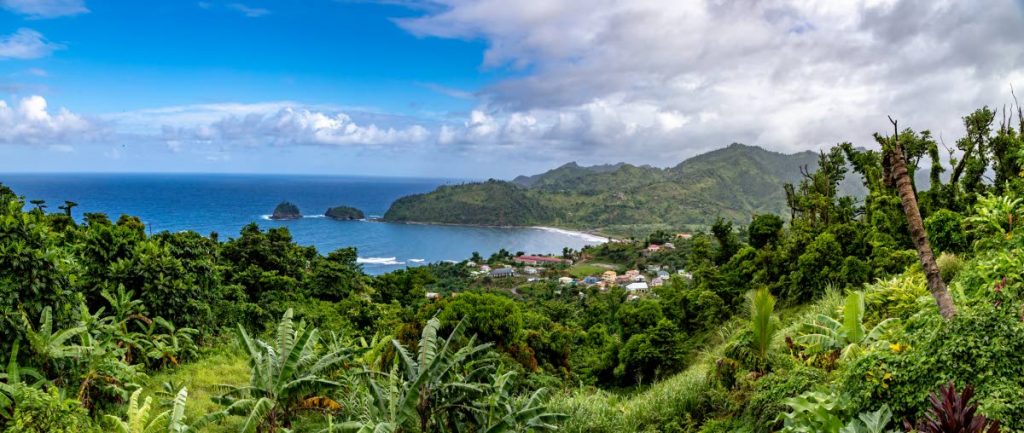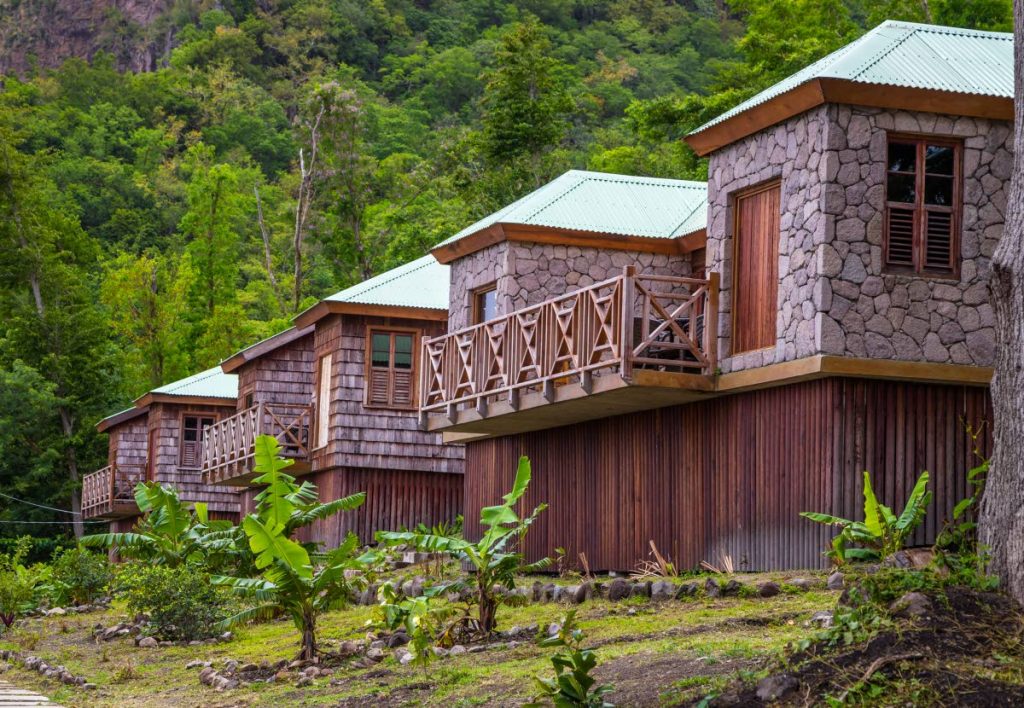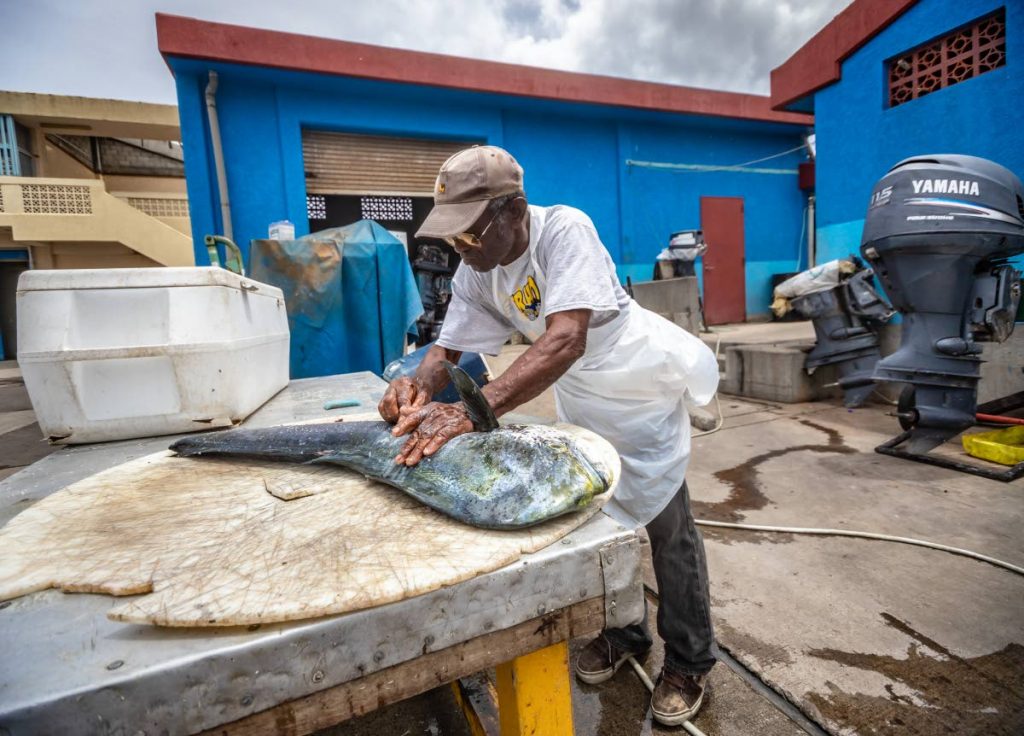ECLAC predicts 2.1% growth for Caribbean

Debt burden in the Caribbean is beginning to fall and there are good prospects for some countries for 2019, especially Guyana. The region overall is expected to grow 2.1 per cent in 2019. Speaking at the United Nations Economic Commission for Latin America and the Caribbean's (ECLAC) annual economic outlook last week at the agency's Chancery Lane office in Port of Spain, deputy director Dr Dillon Alleyne said Guyana's recent oil discovery, expected to go into commercial production next year, suggests that the expectation is that the economic performance will grow.
The Caribbean in general is expected to continue to have steady growth, although it has been sluggish in 2019.
“While the de-risking phenomenon had eased, it could resurface to target the offshore financial sector. Other external risk factors include volatility of commodity prices, hurricanes, trade wars and a global economic slowdown. Guyana is attracting foreign direct investment (FDI) ahead of oil production.”
Alleyne said for the first time since 2017 all Caribbean countries are expected to post positive growth in 2019.

Among the outstanding contributors were Antigua and Barbuda, Grenada, Dominica and Guyana.
“Guyana in particular has been posting consistent growth but Antigua and Barbuda and Grenada, much of that growth have been driven by investment through their citizens’ investment programme." The programmes vary, but essentially, people who are coming in to the country to invest, for example, would put a sum of money aside and then they get citizenship. "I think this is a programme that could be used also to source talent. Entrepreneurial talent, scientific talent and other types of talents. TT may have other options. I don’t think the programme suite everyone.”
Alleyne said the programme is a form of foreign direct investment (FDI) and in the case of Guyana, it is anticipated for growth, especially in light of an election that is due shortly and expectations of expansions in the oil sector.

Dominica and Anguilla are expected to post strong growth following reconstructing efforts post hurricanes Maria and Irma in 2017.
“This growth obviously affects unemployment and the rates have been coming down for both producers and service providers. The average rate has been on a decline. But one worrying aspect is youth unemployment and the employment among women."
In Belize, for example, the male unemployment rate is five per cent while for females it is 11 per cent.
In Grenada, the male unemployment rate is 20.6 per cent and for females is 26.8 per cent, while in Jamaica, which historically had a difference in unemployment rates between men and women, the male rate is 5.5 per cent and the female rate about twice that.
“Jamaica has made significant progress on the heels of the International Monetary Fund (IMF) agreement which I think has expanded. Inflation has been subdued in the region and this has been the case for some time. There are many reasons for this. Obviously suppressed demand, the general decline in oil prices but this issue of inflation in the Caribbean being subdued is important because it helps pensioners and fixed income owners.”
Subdued inflation is a good thing and the expectation is that this trend will continue for some time consequent on lower oil prices.

Strengthening investment is a key condition for inclusive and sustainable economic growth, he said. The average fiscal balance across the Caribbean improved from -2.4 per cent of GDP to -2.0 per cent. Four economies posted surpluses, but four others, Anguilla, Dominica, Montserrat and Suriname, regressed.
For TT, Alleyne said it is expected this country would have a 1.6 per cent GDP growth for 2019.
“There is a need for the government to place diversification higher on the agenda, however the process of diversification will take time and it is not an immediate outcome. I think it has to go across administrations, not just the government of the day. They have to commit themselves to a few sectors in activities and consistently encourage entrepreneurial activities in those areas.”
Going forward, Alleyne suggested the region strengthen capital investment, including building technical capacity for prioritising and managing the capital investment programmes. Countries also need to upgrade key sectors like tourism through improving training and infrastructure while focusing on expanding the domestic private sector for exports in non-traditional areas, for example in education and healthcare, through trade facilitation.
He also suggested that countries, especially TT and Jamaica, could lock in the gains of fiscal consolidation through institutional reforms, which could strengthen social security programmes as well as reduce crime and citizen insecurity.


Comments
"ECLAC predicts 2.1% growth for Caribbean"